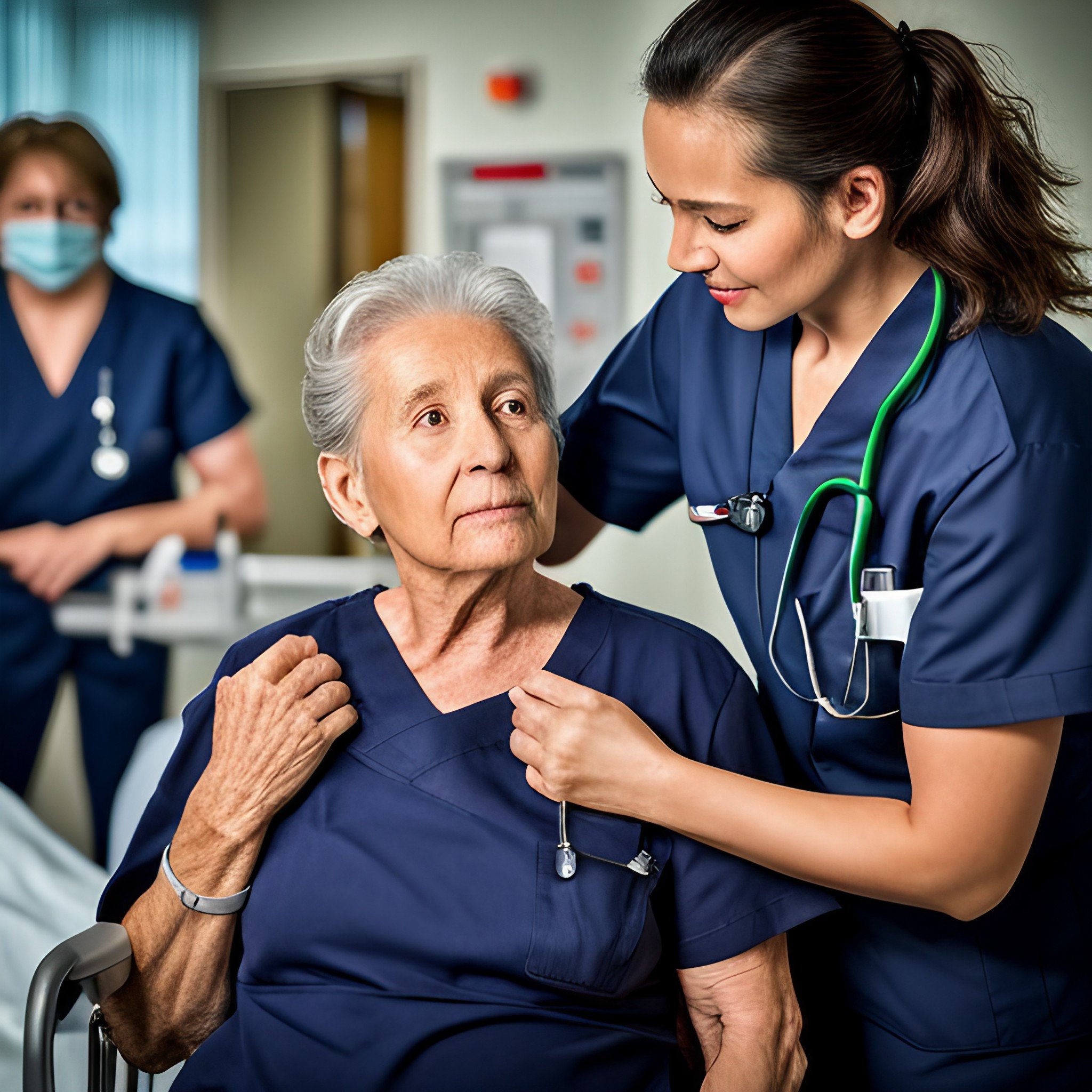Articles
Filter by Topic
- Adaptive Sport 1
- Artificial Intelligence 1
- Bike Labyrinth 3
- Bone density 1
- Brachial Plexus 1
- Bridging the Gap 1
- Bridging the Gap 1
- Carbonhand 4
- Cardiovascular 1
- Client Stories 4
- Cognition 1
- Company Updates 3
- Decision Making 1
- Dementia 1
- Denervation 21
- Diabetic Foot 12
- Efficiency 1
- Electrotherapy 27
- Exercise Benefits 28
- FES Cycling 12
- Functional Electrical Stimulation (FES) 55
- Gait 2
- Goal Setting 5
- Grip 3
- Healthspan 2
- Indego 13
- Lifestyle 8
- Lower Motor Neuron 1
- Mobility 17
- Motivation 2
- NMES 1
- Nerve injury 1
- NexStride 1
- Occupational Therapy 1
- Orthotic 15
- PRAFO 22
- Pain 5
- Parkinsons 2
- Pressure Ulcers 10
- Product Updates 7
- RISE Stimulator 9
- Safety 2
- Sponsor 1
- Standing 4
- Stim2Go 2
- Stimulette den2x 5
- Support 1
- TENS 1
- Technology 17
- Tek RMD 21
Article Length
- 1 minute read 3
- 10 minute read 9
- 11 minute read 7
- 12 minute read 7
- 15 minute read 6
- 18 minute read 1
- 19 minute read 1
- 2 minute read 4
- 26 minute read 1
- 27 minute read 1
- 28 minute read 1
- 3 minutes read 9
- 4 minute read 34
- 5 Minute read 12
- 6 minute read 6
- 7 minute read 13
- 8 minute read 6
- 9 minute read 3
- FES 2
- FoG 1
- PRAFO 1
- Seven Minute Read 1
- awareness 1
- carbonhand 2
- cognitive 1
- cues 1
- freezing gait 1
- freezing of gait 1
- gait 1
- neurological 1
- neuroplasticity 1
- nexstride 2
- occupational therapy 1
- occupational therapy day 1
- orthopaedics 1
- orthotic 1
- parkinson's 1
- pressure 1
- pressure relief 1
- prevention 1
- rehabilitation 2
- stroke 1
- ulcers 1
- world stroke day 1
Unveiling Successful Approaches for Upper Limb Rehabilitation in Stroke Survivors
Rehabilitation after a stroke can feel like an uphill battle, especially when dealing with upper limb dysfunction.
Approximately 85% of stroke survivors experience some form of arm and hand impairment, making daily tasks challenging.
This article seeks to illuminate some effective strategies being used worldwide to aid recovery, offering insights that could help stroke survivors, physical therapists, clinicians, and caregivers.
FES encourages Neuroplasticity - and why that's a good thing.
Functional Electrical Stimulation (FES) has been a widely used technology in rehabilitation for many decades. But did you recognise how FES can contribute to neuroplasticity. Varying the nature of the stimulation and how we apply it can have many effects and be an essential tool to facilitate constructive neuroplasticity when recovering from a stroke or other neurological condition. We know now that our nervous system remains "plastic" throughout our lives, and this fact has been a great source of hope for those recovering from a neurological insult. But what is neuroplasticity, and do we understand how to leverage it? In this article, we examine this topic and examine how FES can support neuroplasticity as part of physical rehabilitation that aims to recover function following a stroke or other neurological problem.
Hope on the Horizon: The Challenging Journey of Stroke Recovery in the UK
The challenge of providing effective and affordable rehabilitation for stroke survivors in the UK, and indeed globally, is multifaceted. It involves the development, availability, and cost of safe and effective technology and services. We can't take the development of new medical technology for granted. The time and cost of taking an idea forward and creating a product are becoming increasingly significant. Developers of such technology need to imagine making a return on their investment, and this needs more than the assurance of a clinical need - it takes someone willing to pay.
Stroke is a significant global healthcare challenge affecting millions, but this alone will not drive technology development unless there is a likely path toward a return on investment. This article considers the challenge of supporting stroke survivors in their recovery journey when resources seem lacking. We point to some products we loved that never developed sustained sales and some that might.
Stroke Awareness: Aiming for Prevention, Striving for Recovery
Explore the significance of stroke awareness, prevention and recovery as we commemorate World Stroke Day on October 29th. Learn about the signs of a stroke and embark on an inspiring journey into empowering neuroplasticity for rehabilitation followed by valuable insights into highly effective treatment techniques and a wealth of personalised resources designed to support stroke survivors on their individual path to recovery.
What percentage of stroke patients make a full recovery?
Stroke can be a devastating and life-altering condition that affects a significant number of individuals each year. It can cause permanent damage to the brain, leading to long-term health consequences for patients, their families, and caregivers. As healthcare professionals, it's important for us to understand the recovery rate for stroke patients so that we can educate patients and their families on the outcomes they may expect. In this blog, we'll explore what percentage of stroke patients make a full recovery, what factors affect recovery, and what healthcare professionals can do to help patients achieve the best possible outcomes.





